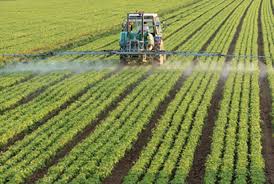 By Dr. Mercola
By Dr. Mercola
Agriculture has undergone massive changes over the past several decades. Many of them were heralded as progress that would save us from hunger and despair. Yet today, we’re faced with a new set of problems, birthed from the very innovations and interventions that were meant to provide us with safety and prosperity.
For decades, food production has been all about efficiency and lowering cost. We now see what this approach has brought us — skyrocketing disease statistics and a faltering ecosystem. We need farmers to shift over to regenerative practices that stops depleting our soil and fresh water supplies.
Regenerative Agriculture Can Help Solve Many of Our Problems
Around the world, farmers are waking up to the many adverse effects of industrialized agriculture. While chemicals and machines have allowed farms to expand and increase production, there’s growing awareness about how these strategies harm the soil, ecology and, ultimately, human health.
As a result, a growing number of farmers are transitioning over to more sustainable and regenerative methods that do not rely so heavily on chemical and technological means. While regenerative strategies may appear “novel” to born-and-raised city slickers, it’s really more of a revival of ancestral knowledge. In the video above, Dr. Joel Gruver demonstrates sustainable agriculture techniques taking place at Allison Farm, the largest organic research farm in Illinois.
Regenerative agriculture — which includes strategies such as crop rotation, diversification, cover crops, no-till, agroforestry and integrated herd management — can help rehabilitate land turned to desert, improve water management and protect water quality. It also eliminates the need for toxic fertilizers and other agricultural chemicals, and reduces greenhouse gas emissions like carbon dioxide and nitrous oxide. Importantly, by improving soil quality, regenerative farmers can produce more nutrient-dense foods.
